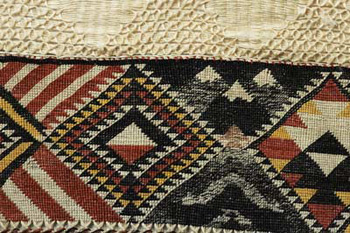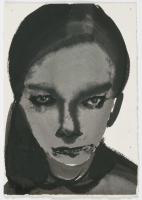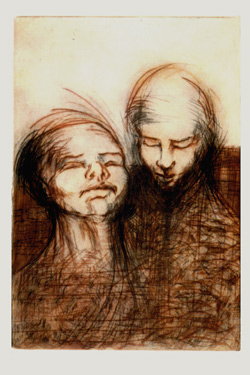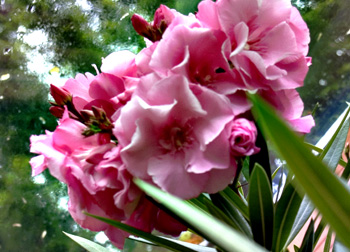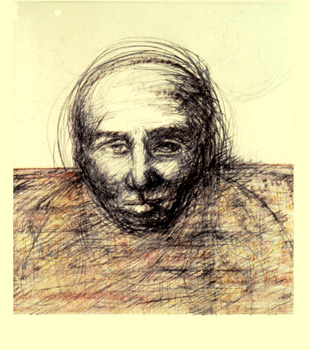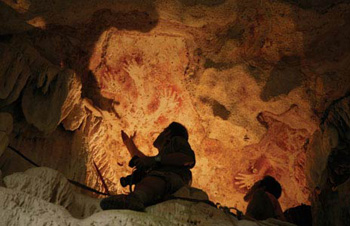Jutai Toonoo’s silent stones
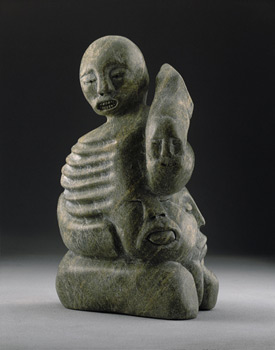
New and Improved, 2000
serpentinite 12.5″ high x 8″ wide x 6″ deep
Inscription: New and Improved Fertility God
Jutai Toonoo of Cape Dorset currently has a solo exhibition “Life Forms” at the Marion Scott Gallery at 308 Water Street, Vancouver, until September 25.
The gallery website states: Toonoo is best known for his unconventional images of human heads and figures, many of which are portrayed in restless sleep- or dream-like states. Carved mostly from locally quarried green and black serpentinite, Toonoo’s sculptures range in stature from a few inches to several feet and are rendered in a style that is both minimal and eerily expressionistic.
The gallery has posted 32 images of Tootoo’s work on their site – have a look. I think it is this expressionism together with the human figure and face that makes his work so compelling.
Then read this review by Robin Laurence, called Inuit artist makes silent stones speak :
His work is quite distinct from our cultural preconceptions of what Inuit art should look like. The sculptures are executed in serpentinite, local to the Cape Dorset area, yet there are no images of Arctic animals here… Instead, the gallery is filled with bare human faces and figures.
Many of the faces are carved in multiple configurations, conjoined in surreal ways, curved around, above, and beside each other, or facing in opposite directions, Janus-like. Instead of depicting the traditional Inuit way of life, or even that life in transition, Toonoo has taken on a universal theme: the human condition. At the same time, his art is extremely personal. “I try to give power to my work,” he says. “Lots of times, my tongue gets tied and I can’t really say what I’m thinking.” The silent stone gives him eloquence.
